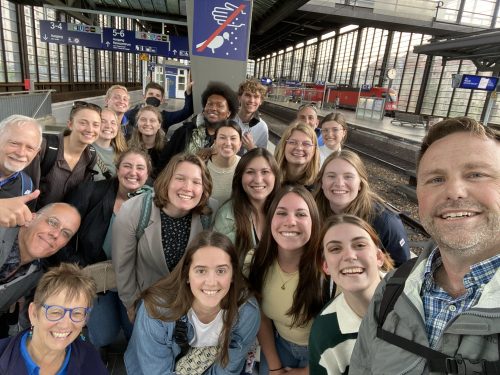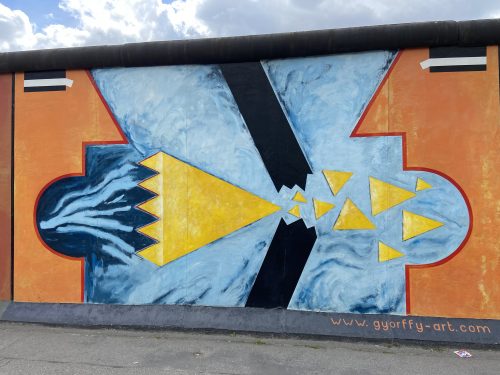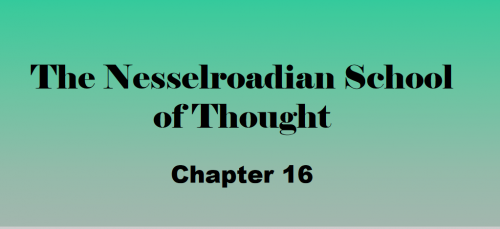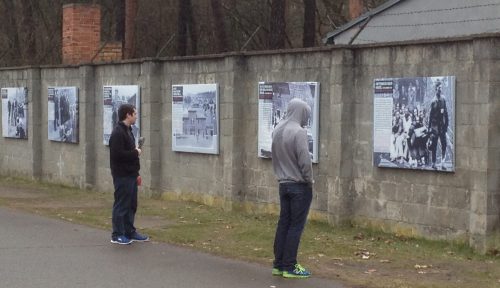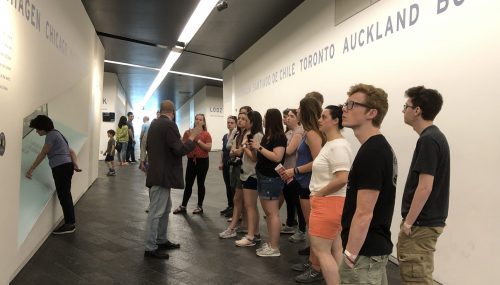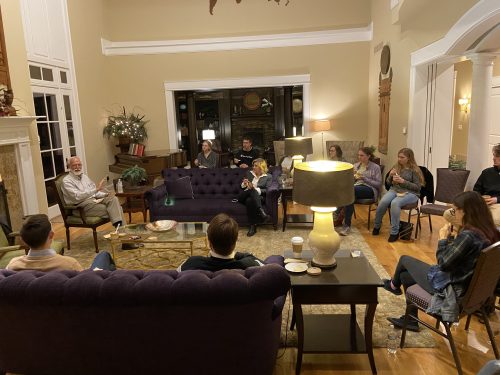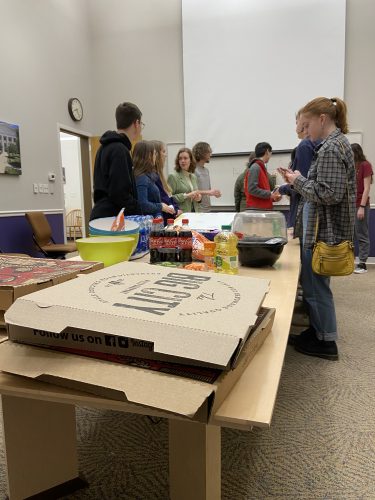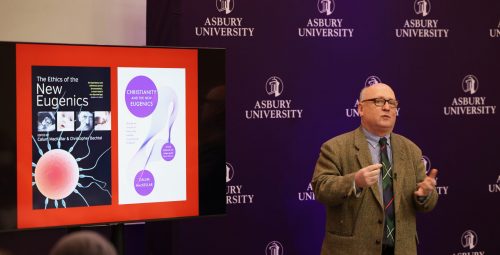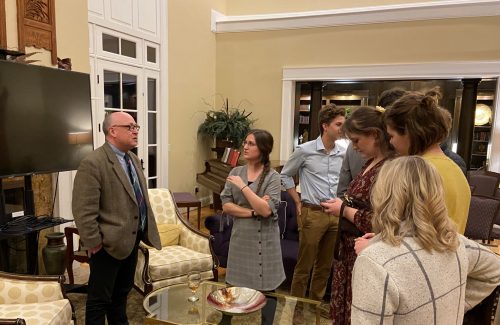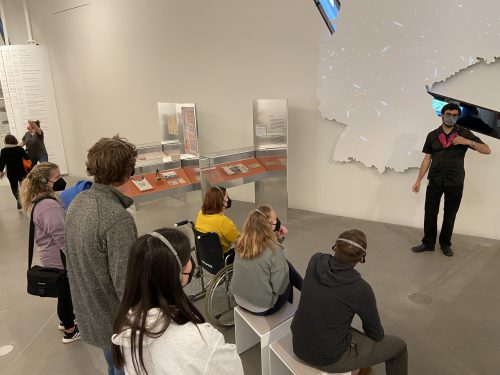
Holocaust Studies Tour – Day 3 (Group 1)
The Jewish Museum of Berlin Today was primarily taken up with a visit to the Jewish Museum of Berlin. In the installation, the visitor in confronted with a fantastic amount of factual information spread across three floors of displays, and it is all wrapped and presented within a structure bursting with symbolic meaning – from the interior design of the hallways and “voids,” to even the outside of the building, which looks scarred and torn. Here are some of the shots taken by those of us on the tour: The next day we will go to Sachsenhausen, one of the
